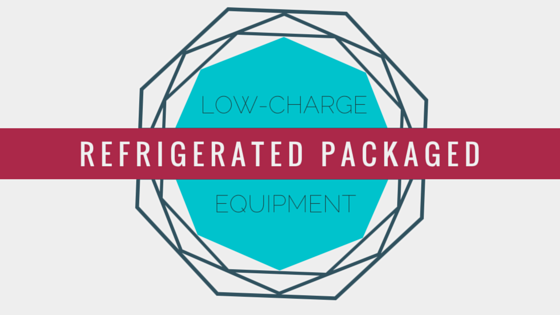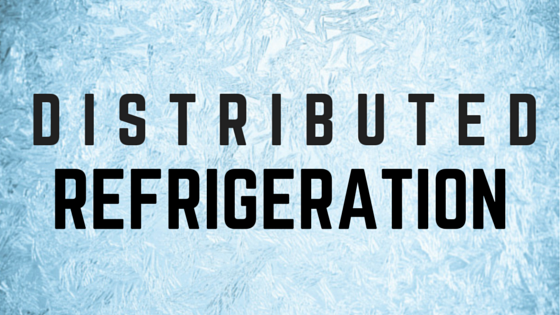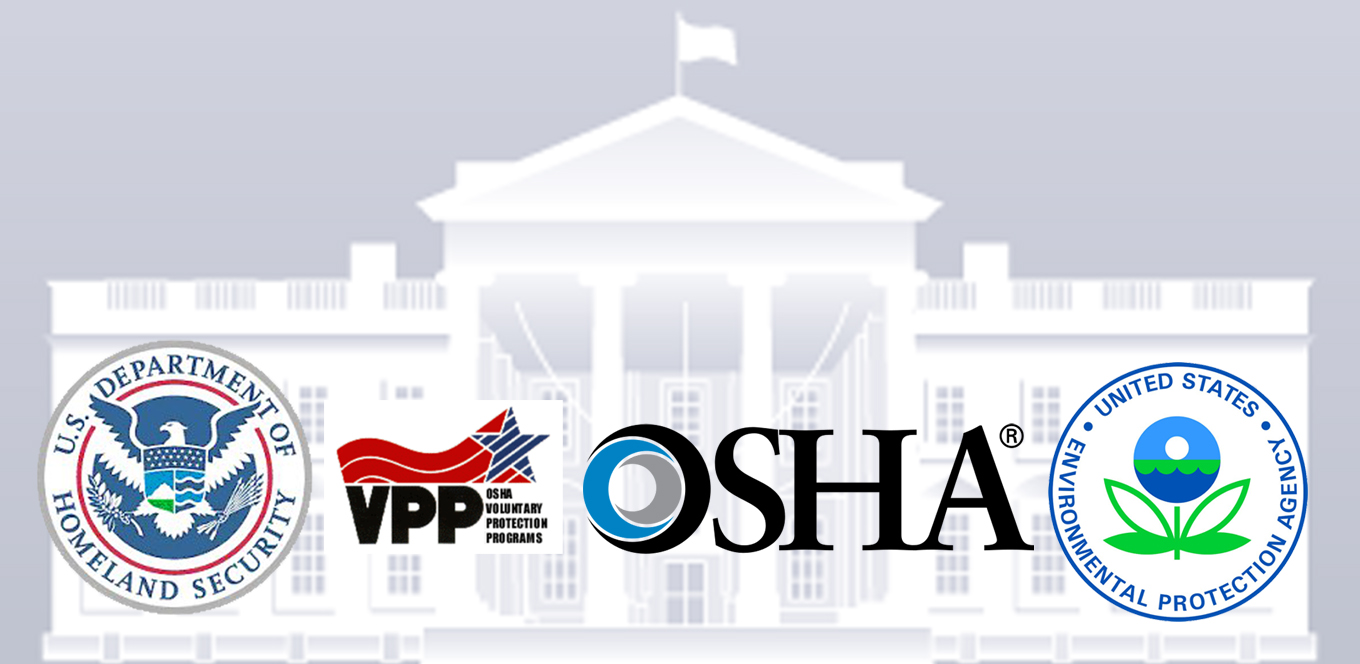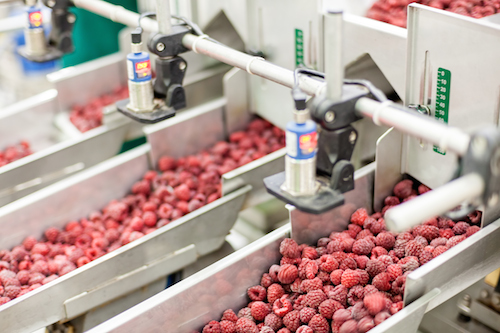Refrigeration for the Future: Low-Charge Refrigerated Packaged Equipment
Due to its phaseout, an alphabet soup of replacement refrigerants has been developed to replace R-22 in existing chillers. However, most of these alternatives have drawbacks. Some replacements severely penalize the performance of the chiller, while others have significant glide—and all have higher global warming potential than ammonia. And though these refrigerants may not be on the Environmental Protection Agency’s (EPA) phaseout list yet, they have the potential to be. As new chillers rise to replace the old, ammonia is one refrigerant that has become an effective alternative. Continue Reading “Refrigeration for the Future: Low-Charge Refrigerated Packaged Equipment”








